OF THE
TIMES
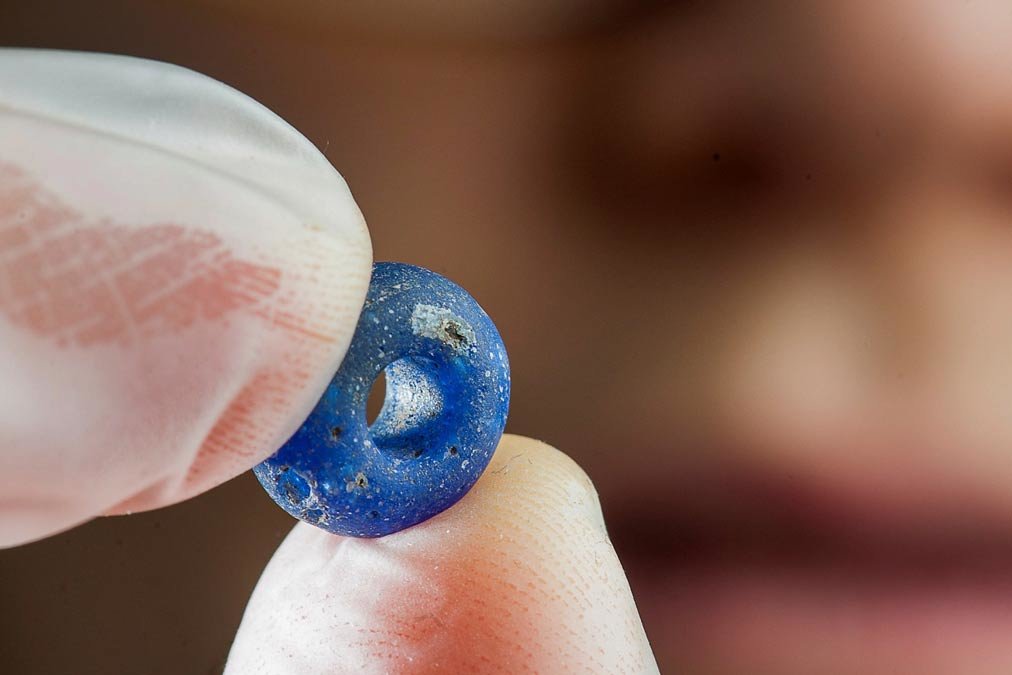
"This was a very strategic place," Ingrid Ystgaard, project manager at the Department of Archaeology and Cultural History at NTNU University Museum, said in the press release. "It was a sheltered area along the Norwegian coastal route from southern Norway to the northern coasts. And it was at the mouth of Trondheim Fjord, which was a vital link to Sweden and the inner regions of mid-Norway."

The pen has been used to fix what the sword has ripped to shreds in our history.Every state that participated in the Second World War has written its history in support of national unity, with its narratives eliminating certain facts and emphasizing silence over controversial and 'unpleasant things'. This has resulted in the patriotic, religious and quasi-scientific mythologization of war events, and fomented a hysterical attitude towards anyone who disagrees with the official narratives. Today we are in a situation where those unpleasant things are unconsciously avoided because openly confronting them causes fear, anxiety and uncertainty.
- J.K Paasikivi
Even today, contemporary policy-makers limit the picture of the political background behind the Winter War. The hand of the clock that measures the progress of research on this issue is stuck in place. It is stuck at the point where Tanner, Ryti and Mannerheim penned their words on the matter. From the perspective of historical research by the amateurs of like mind in this field, and from the point of view of strongly biased people in legal research, a historical picture of the political background of the Winter War was constructed, which continues to be almost fully in force.This is a very common problem in the writing of history. The closer the personal ties historians have with a topic, the more critical we should be about what they say. A classic example is the great effect Cicero and his writings have had in shaping today's perception of Julius Caesar: Many historians have ignored the fact that they were political rivals, which makes Cicero a very questionable source when building an objective portrait of Caesar. Ask yourself, would future societies get a realistic description of Russian President Vladimir Putin by only using American politicians and Western media as sources, or the fifth column of Russian 'opposition' leaders?
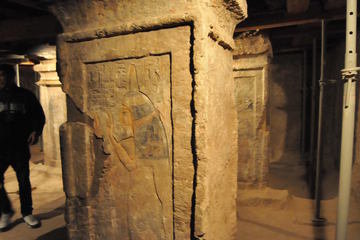
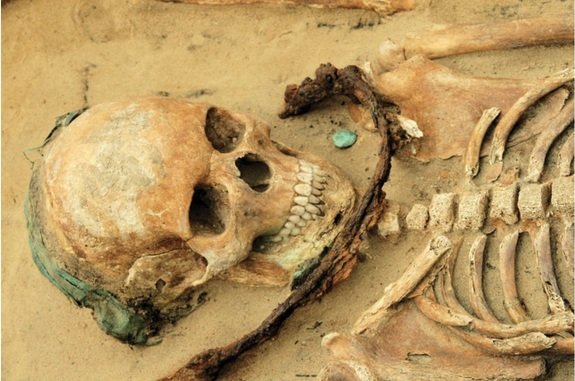
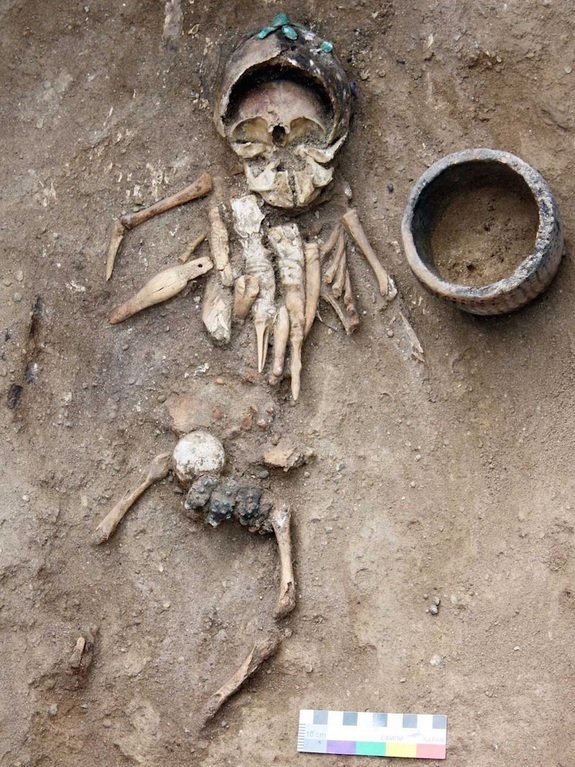
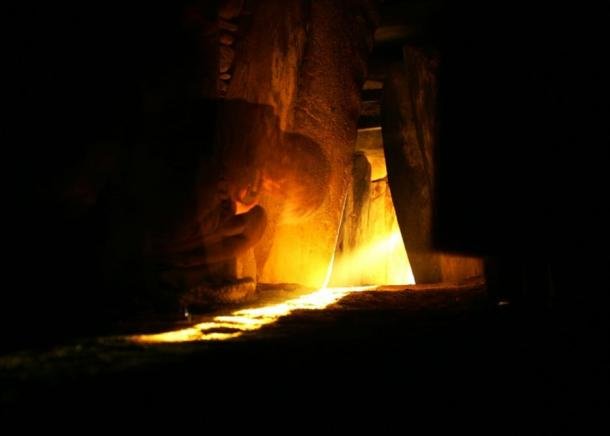
Comment: Related articles on Teutonic Order:
Mass suicide at Pilenai: Lithuanian defenders choose death over enslavement
Baltic Crusades caused extinctions, end to pagan practices
Teutonic Knights' remains identified in Poland